The first mammals made an appearance around the start of the dinosaurs’ heyday, 200 million years ago. Then (as now), most dinosaurs were diurnal (active during the day) and keeping out from under their feet was probably a smart move. So, mammals adopted an alternative lifestyle, busying themselves at night.
Goats town
For a lot of mammals today, it’s still wise to avoid dinosaurs (evolutionarily rebranded as birds) and most (69%) mammal species are nocturnal. A fifth (ourselves included) are diurnal, and a few (2.5%), crepuscular, out and about at twilight. For urban mammals, living alongside us in towns and cities, it’s still sensible to keep your head down (metaphorically). Roaring cars and crowds of shoppers aren’t so dissimilar to dinosaurs, and lockdown in 2020 was a chance to see what happens when things go quiet. While we stayed home, Kashmiri goats from Great Orme country park filled the streets around Trinity Square in Llandudno, north Wales, and fallow deer from Dagnam Park moved into a housing estate in Harold Hill, near Romford, in East London. A study in Science, last year, compared GPS tracking data from 43 mammal species (including deer, wolves, bears and elephants) for the time during lockdown with the same period in 2019. It found that where lockdown was strict, animals moved longer distances than before the pandemic, and in populated areas, moved less frequently and ventured closer to roads.
But although they might keep a low profile, mammals are a surprisingly diverse bunch in the green spaces around where we live and work. Take a moment to consider your local patch and you might find evidence of any one of two dozen species, from pipistrelle bats to roe deer, from aquatic water voles to arboreal red squirrels. In fact, a survey of garden mammals that PTES ran together with the Mammal Society, twenty-five years ago, recorded 43 mammal species, two-thirds or so of all the wild, terrestrial species in Britain.
One of your six a day
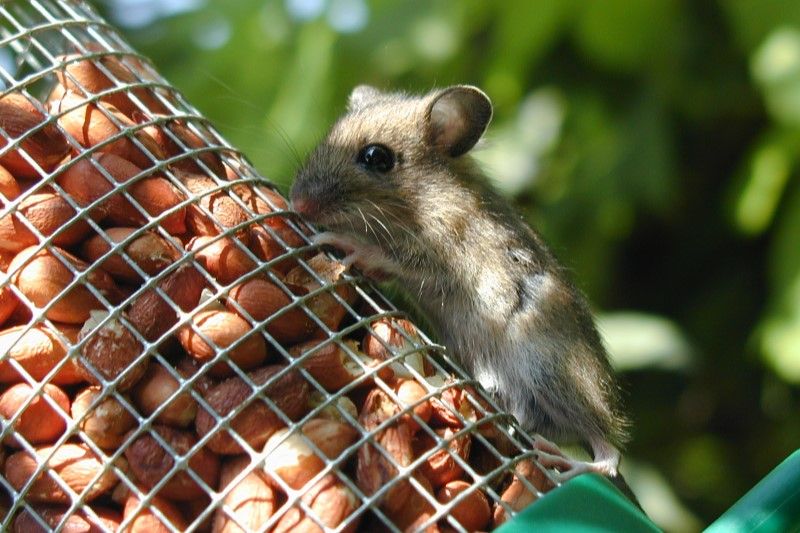
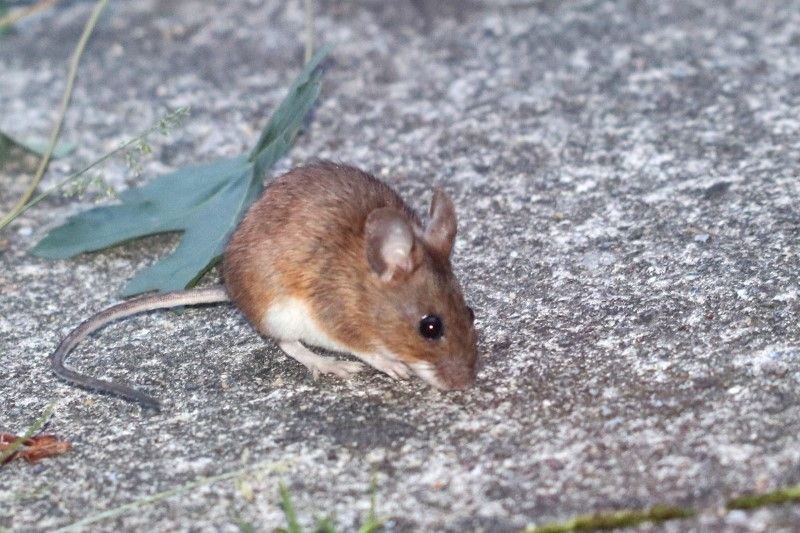
Some, of course, might only be very occasional urban visitors, and others, only found in a few parts of the country. But six are recorded in more than a fifth of gardens at least once a month: squirrels, mice, bats, foxes, hedgehogs, and voles. For the most part, a mouse is likely to be a wood mouse, also known as long-tailed field mouse (to distinguish it from its shorter-tailed cousin, the vole). If you live in Wales, southern or southeastern England, it might be a yellow-necked mouse, almost identical in looks to a wood mouse and rarer. Yellow-necked mice have a particular penchant for tree seeds, but in spring their diet is broadest, when seedlings, buds and insect larvae are eaten.
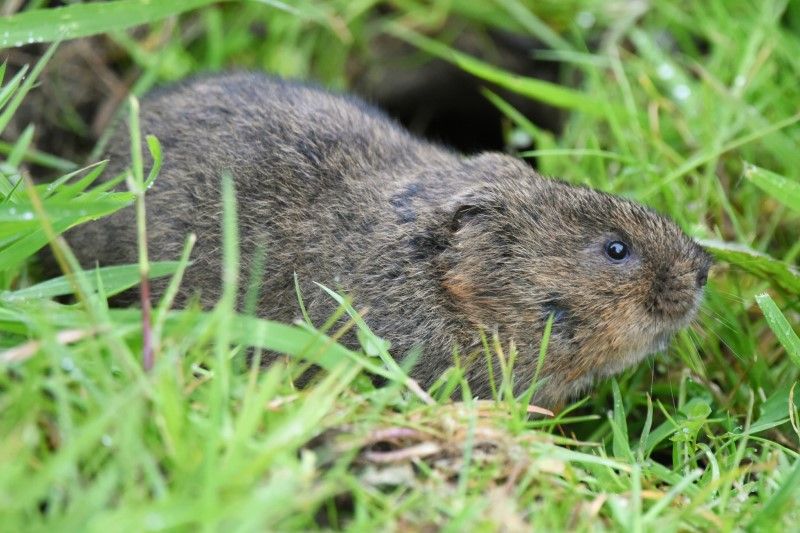
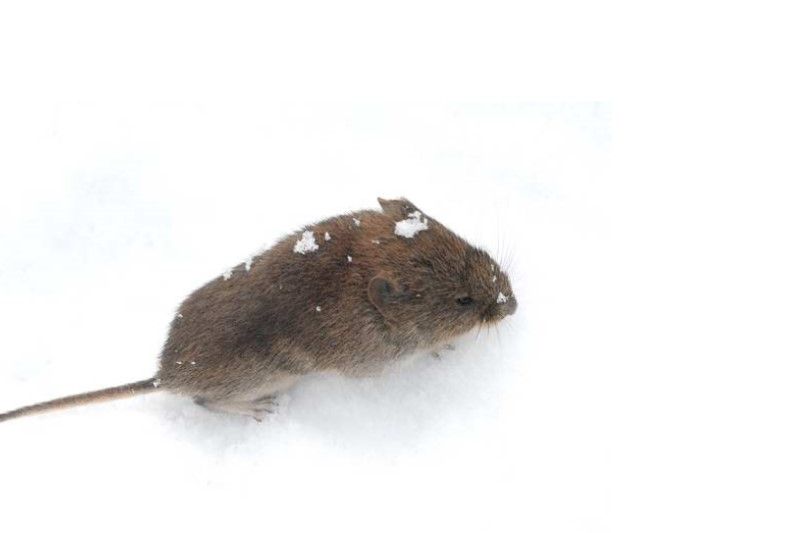
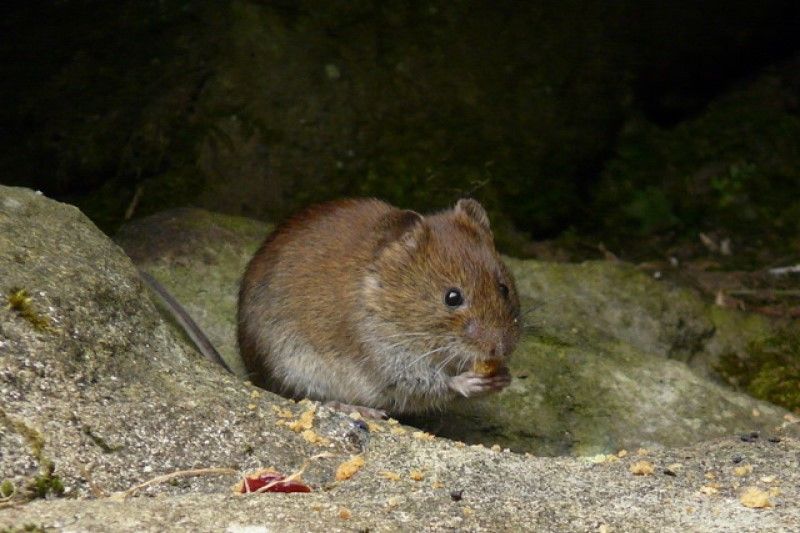
If you spot a vole, it’s likely to be a bank vole, but it might be a field vole. If you’re very lucky, it could be a water vole. While urban waterways aren’t all plain sailing for water voles (rodenticides used to control brown rat numbers can be a threat, and colonies can become isolated from each other and more vulnerable to extinction) urban habitats can provide respite from predation by mink, which are less likely to use them. One study, in Birmingham and the Black Country, found that urban populations were declining less dramatically than those in rural areas.

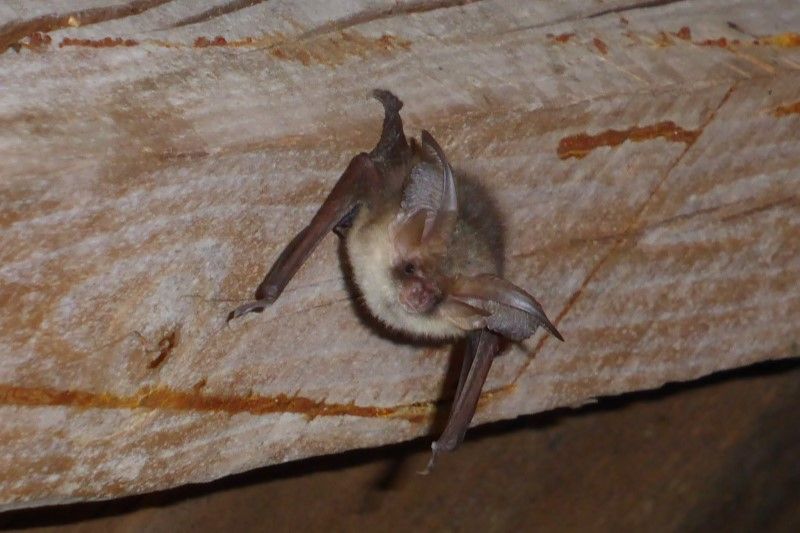
And bats, while likely to be pipistrelles (either common or soprano pip’s), might be any one of half a dozen species, from brown long-eared bats to serotines and Daubenton’s. The long, summer evenings are an ideal time to see them and to appreciate their endeavours as they snap up the midges and biting insects.
Mammals might be an elusive lot; even, anti-social, up in the early hours or after dark. But they’re just keeping out of our way, and when you stop for a moment and catch a glimpse, you might be surprised just how many there are.
Get involved with our mammal watching surveys, Living with Mammals today or visit our mammal fact files to learn more about British mammals:
Header image credit PBalin | iStockphoto.com
